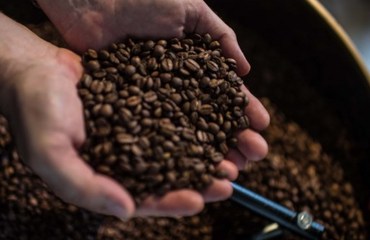São Paulo – Coffee exports to Arab countries declined 5% from January to May, according to data made public by the Brazilian Coffee Exporters Council (Cecafé) this Friday (9). The region received 486,800 60 kg-coffee bags, against 512,800 bags in the first five months of 2016.
In revenues, exports to the region totaled USD 84.7 million, a number 25.5% higher than the USD 67.5 million generated from January to May of last year. The increase is explained by the rise in the average price of the Brazilian coffee bag exported in the period: it went from USD 146.90 last year to USD 175.85 this year, according to Cecafé.
Nelson Carvalhaes, the council’s president, believes that the decline in exports to the Arabs reflects the current scenario of the market. “I don’t believe in a lower demand from the region or a lack of the Brazilian product. There are variations that are adjusted in the future,” he explained.
There’s also another factor that can contribute to this result: the statistics staff of Cecafé identified that Turkey is, in a way, operating as an intermediary channel in the distribution of the Brazilian coffe to some countries in the region facing conflicts, such as Syria. From January to May, shipments to Turkey jumped 30.7%, going from 336,400 bags of coffee in 2016 to 439,800 bags this year.
“Turkey has become a type of hub en route to Arab countries,” said the president.
Weather impacting exports
In general, Brazilian coffee exports declined 8.2% in volume year-to-date to 12.7 million bags. Revenues increased 9.3%, reaching USD 2.2 billion.
According to Carvalhaes, weather conditions have been impacting negatively the product’s exports. “The drought in the north part of Espírito Santo state, in the last few years, have been reducing our coffee supply,” he said. “Our regular average is three million bags exported per month. We are below this,” he adds.
In May, Brazilians exported 2.437 million bags of coffee, a volume 3.6% below that of the same month of last year. Revenues increased 13%, totaling USD 418.9 million – an average of USD 171.84 per bag.
Cecafé’s president said he expects a recovery in volume in the second half of the year and forecasts that at the end of the year the results will be the same as in 2016 – around 34 million bags. “I expect high volumes to return only in the 2018/2019 crop, which starts in July of next year,” said Carvalhaes.
*Translated by Sérgio Kakitani




